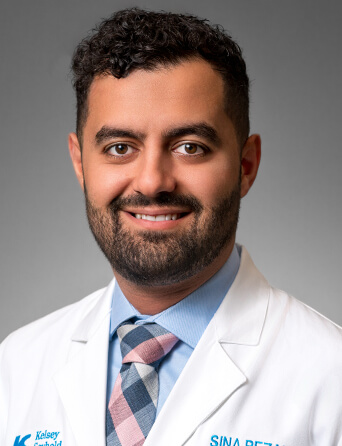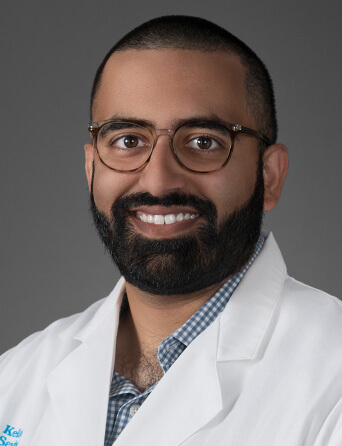Join Our eNewsletter!
Subscribe to our monthly newsletter to receive encouraging advice to help you lead a healthy lifestyle.
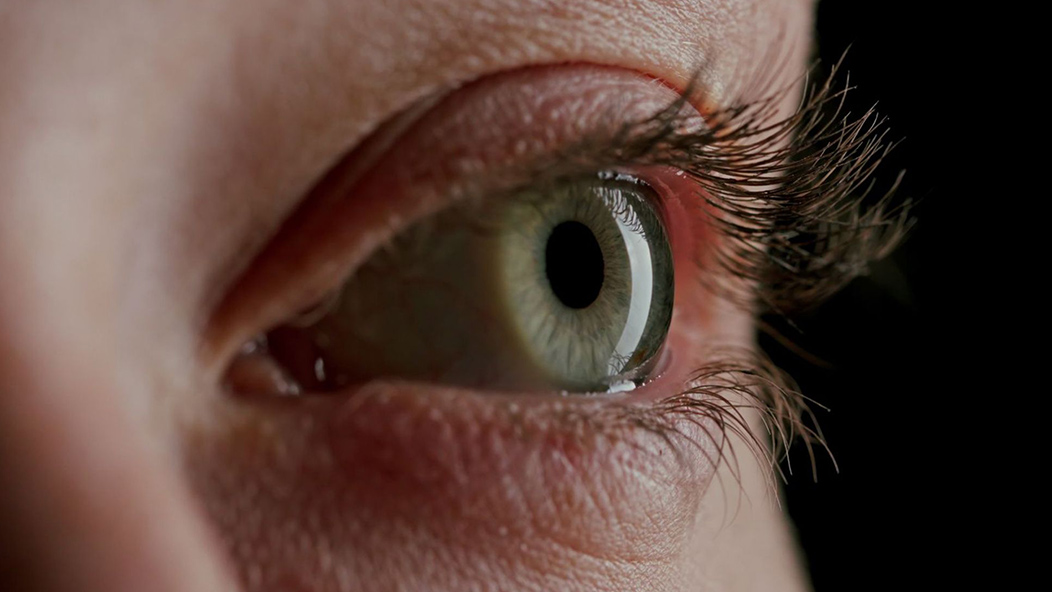
What to Consider Before Cataract Surgery
By Neema Nayeb-Hashemi, M.D.
Cataract surgery involves removing a cloudy lens from the eye. Cataracts are very common and occur as a natural part of the aging process. During surgery, the lens is replaced with a clear synthetic lens. Over time, cataract surgery has evolved into a simple outpatient procedure performed under local anesthesia with a high success rate and very low risk of complications. This makes the decision to have cataract surgery easy for most people.
Typically, a doctor will not recommend surgery unless the cataracts are making everyday activities difficult for the patient. However, surgery is the only way to get rid of cataracts. If both eyes have cataracts, it’s usually recommended that only one eye is operated on at a time.
The Surgical Process
Thanks to technology and a method called phacoemulsification, cataract surgery can now be completed in about 15 minutes. It’s also 98% successful and has positive long-term results.
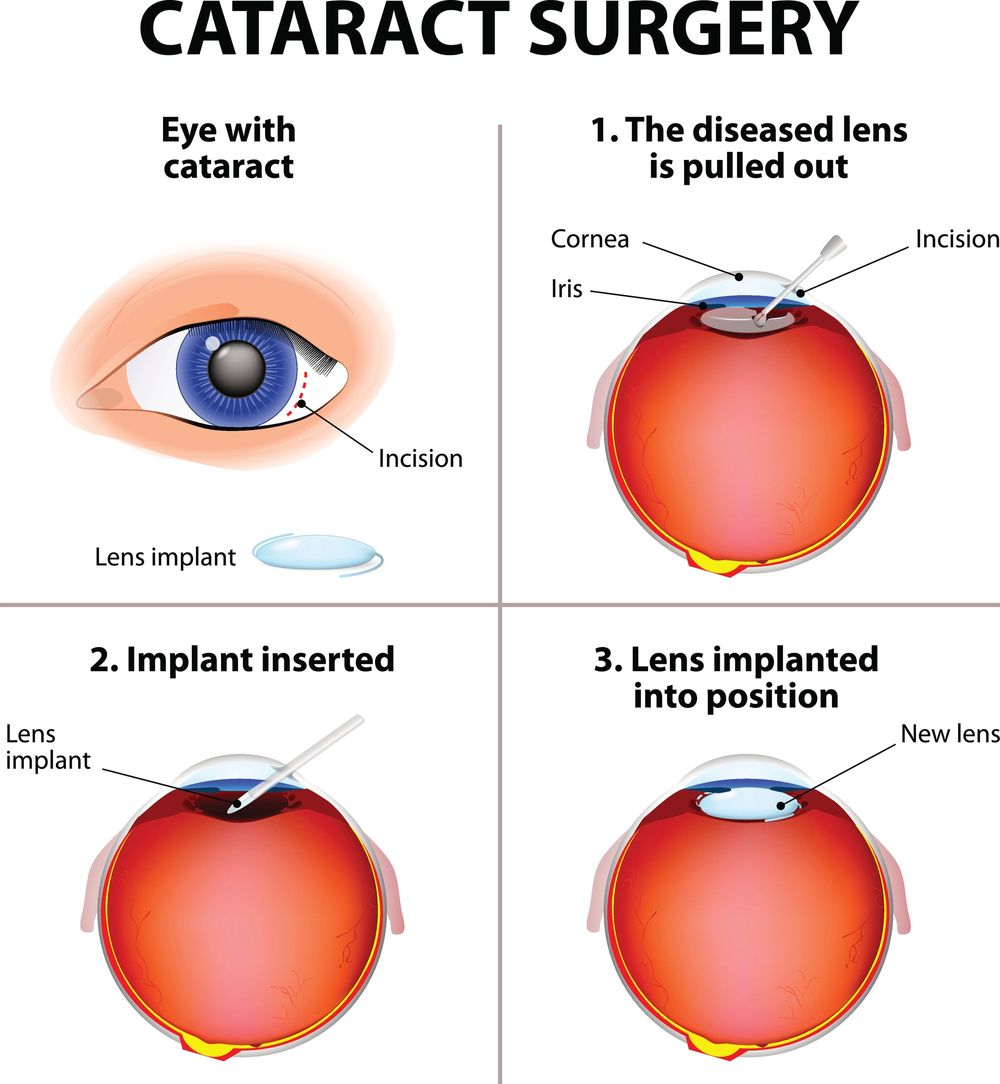
During the procedure:
- The surgeon uses a surgical microscope to make tiny incisions in the eye.
- A small probe called a phacoemulsifier is used to direct high-frequency soundwaves through the cloudy lens to break it up. The pieces are then suctioned through the probe. The membrane surrounding the lens is left in place to support the implanted artificial lens.
- The surgeon makes a ⅛-inch incision in the cornea and inserts the artificial lens.
- The new lens unfolds inside the lens capsule and the incision is closed.
Recovery
Although the procedure itself only takes around 15 minutes, you’ll need to stay in the recovery room for about an hour while the anesthesia wears off. The surgeon will likely place a bandage or other protective cover on your eye and will instruct you to use eye drops several times a day once you return home to help prevent infection.
By the next day, you should be able to resume all daily activities, although your surgeon will likely want to schedule follow-up appointments the day after surgery as well as within the weeks following.
Choosing a Replacement Lens
There are several lens options available, and you should consult with your doctor as to which is best for you. Much like eyeglasses or contacts, replacement lenses are designed to suit, and improve, your vision.
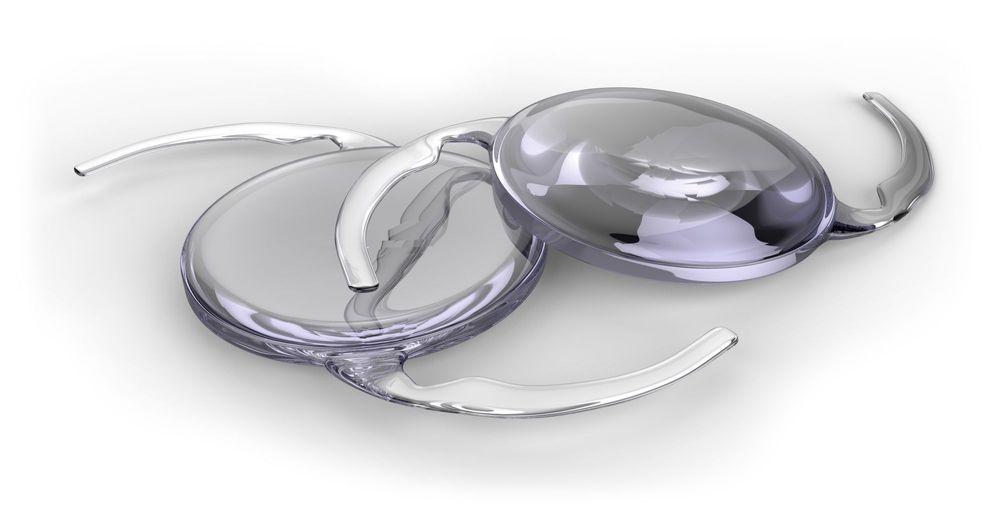
Monofocal Lens
The most common lens choice is a monofocal lens. A monofocal lens helps you see at a distance and isn’t suited for seeing clearly up close or near, as in when you’re reading. You’ll still have to use readers or another type of corrective eyewear to see things close up.
An accommodating lens shifts from mid to far vision in response to the movements of the eye’s muscles. While this type of lens can help you see better close up, half of those who choose this type of lens still need to use reading glasses.
Toric Lens
Toric lenses are designed for people with astigmatism and offer focused vision at a single distance. Because the lens corrects astigmatism, you likely won’t need distance glasses or contacts after surgery but may need glasses for reading.
Multifocal/Extended Depth of Focus Lenses
The multifocal/extended depth of focus lenses can be compared to bifocal or progressive eyeglasses. Multifocal lenses allow for patients to experience far, mid, and near vision. It’s an ideal choice for those who need to see up close to perform daily activities. However, this type of lens can distort bright light, making it difficult to see when driving at night secondary to increased glare and halos. They also tend to make reading in dimmer settings more difficult, such that additional light may be needed for reading comfort. Extended depth of focus lenses tend to be more beneficial for distance and computer vision and are thought to have less potential glare and halos post-operatively. Recent updates to multifocal/extended depth of focus lenses also allow for these lenses to correct significant astigmatism concurrently.

Cost and Insurance
A benefit of the monofocal lens is that health insurance typically covers the cost (check with your insurance plan). But you can plan on spending upward of $1,000 for each toric lens or $3,000 for each multifocal lens out of pocket.
If you’re contemplating cataract surgery, the physicians and ophthalmologists at Kelsey-Seybold Clinic can answer any questions you have and help you decide how to move forward to clearer vision.




